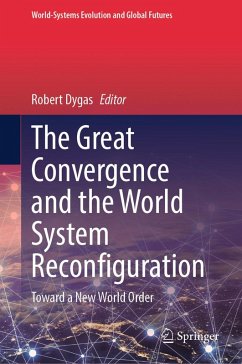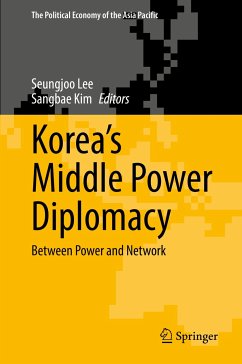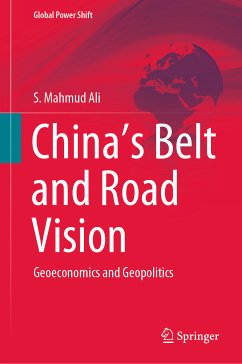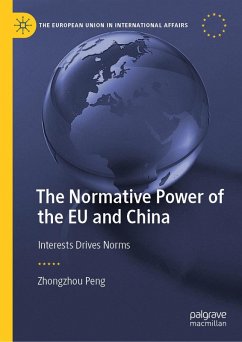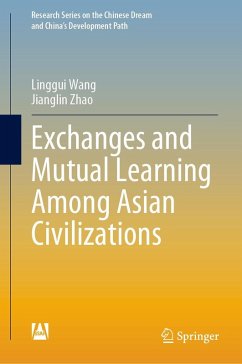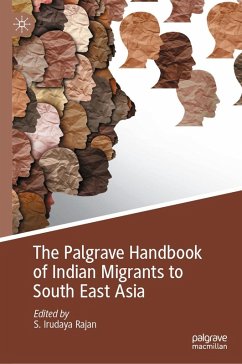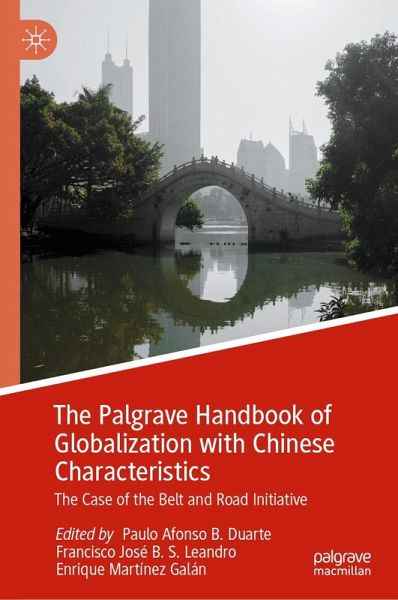
The Palgrave Handbook of Globalization with Chinese Characteristics (eBook, PDF)
The Case of the Belt and Road Initiative
Redaktion: Duarte, Paulo Afonso B.; Galán, Enrique Martínez; Leandro, Francisco José B. S.
Versandkostenfrei!
Sofort per Download lieferbar
175,95 €
inkl. MwSt.
Weitere Ausgaben:

PAYBACK Punkte
88 °P sammeln!
This handbook offers readers various perspectives on globalization and multilateralism with Chinese characteristics. Its originality is derived from the hybrid approaches the handbook takes, where chapters provide complementary, intertwined, and multi-level analysis on the topic. Based on contributions of scholars and practitioners from a number of countries, the handbook helps readers to comprehend ongoing debates on the Belt and Road Initiative and global governance, within a shifting balance of world power, characterized by competing views between Western and Chinese norms, standards, value...
This handbook offers readers various perspectives on globalization and multilateralism with Chinese characteristics. Its originality is derived from the hybrid approaches the handbook takes, where chapters provide complementary, intertwined, and multi-level analysis on the topic. Based on contributions of scholars and practitioners from a number of countries, the handbook helps readers to comprehend ongoing debates on the Belt and Road Initiative and global governance, within a shifting balance of world power, characterized by competing views between Western and Chinese norms, standards, values, and narratives.
Split into three Parts, and consisting of 46 chapters, the handbook views globalization as comprehensive concept that benefits from the contributions of various disciplines such as geography, geo-economics, political science and international relations. In producing one of the most ambitious and updated outputs on the topic, the handbook as a whole seeks to discusswhat globalization with Chinese characteristics looks like, and the role of the Belt and Road Initiative in this process.
Dieser Download kann aus rechtlichen Gründen nur mit Rechnungsadresse in A, B, BG, CY, CZ, D, DK, EW, E, FIN, F, GR, HR, H, IRL, I, LT, L, LR, M, NL, PL, P, R, S, SLO, SK ausgeliefert werden.





